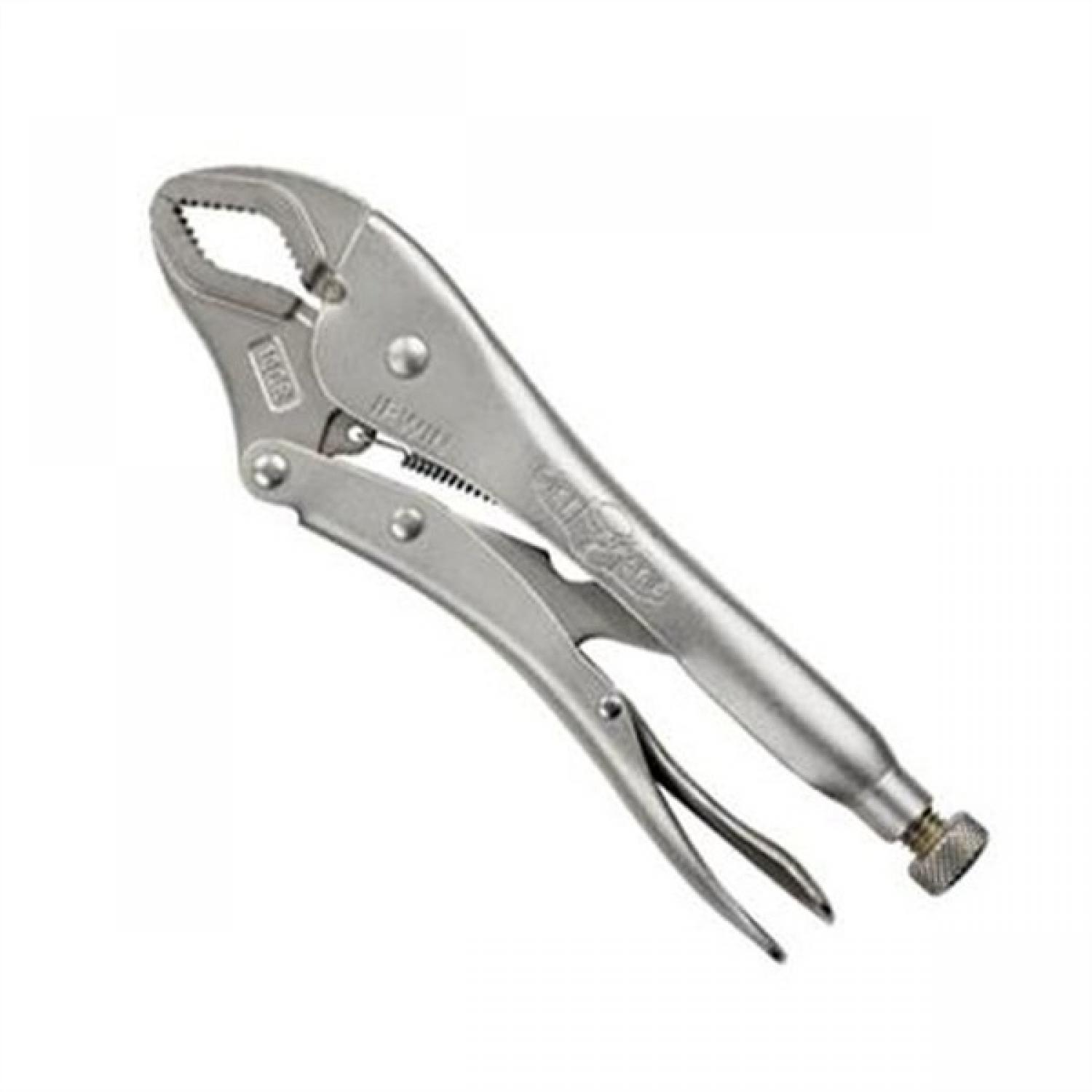
 When they are closed they remain closed on their own until manually released, in many modern versions using a supplementary lever on the lower handle.Ī typical use would be to hold metal parts in place for welding. The closing point and with it the force that is applied on the gripped object can be finely controlled. Even though they can apply more force, they do so in a very controlled manner this is because the jaws will never close beyond the set point. Their lever action is stronger than that of ordinary pliers, so they can apply much more force. The jaws are then closed on the gripped object.īecause of the lever action the jaws move only slightly but with much force. The bolt is used to set the jaws to a size slightly smaller than what is to be gripped. Locking pliers being used as a substitute knob on an espresso machine. In many modern versions an additional inner lever aids release. The inherent flexibility of the pliers maintains a spring pressure on the jaws such that the handle needs to be pulled open to release the clamping pressure. This means that to open the jaws have to be tightened, thus maintaining the clamping pressure. In the process of being closed on an object the mechanism passes through a point of maximum tightest clamping and as the handle levers are closed further, the jaws release slightly. After being properly adjusted using a threaded screw, the pliers are brought to bear by cam action. Locking pliers remain clamped to an object without requiring continuous pressure on the handles based on the "over-center" principle. This is the current spelling in the English speaking world except for the United States. The spelling " vice" can be traced back to 1584, for the clamping sense of the word. This spelling is orthodox in the United States. The spelling " vise" is mentioned in Samuel Johnson's 1755 dictionary. Locking pliers (also called Vise-Grips, a vice grip, Mole wrench or mole grips) are pliers that can be locked into position, using an over-center cam. The same is true in the United Kingdom of the brand name " Mole Wrench". Riveted handle construction provides extra rigidity and reduces deformation when grip is. In the United States, the brand name " Vise Grips" is close to a generic name for this type of pliers. Deeply serrated and hardened teeth grip the workpiece from any angle. Later, in 1955, in the United Kingdom, M K Mole and Son, a hand tool manufacturing company, under the managing direction of Thomas Coughtrie, began making nearly identical pliers. Petersen in De Witt, Nebraska, United States in 1924. The first locking pliers, with the trade name Vise-Grip, were invented by William S. The agricultural innovator was an immigrant Danish blacksmith named.
When they are closed they remain closed on their own until manually released, in many modern versions using a supplementary lever on the lower handle.Ī typical use would be to hold metal parts in place for welding. The closing point and with it the force that is applied on the gripped object can be finely controlled. Even though they can apply more force, they do so in a very controlled manner this is because the jaws will never close beyond the set point. Their lever action is stronger than that of ordinary pliers, so they can apply much more force. The jaws are then closed on the gripped object.īecause of the lever action the jaws move only slightly but with much force. The bolt is used to set the jaws to a size slightly smaller than what is to be gripped. Locking pliers being used as a substitute knob on an espresso machine. In many modern versions an additional inner lever aids release. The inherent flexibility of the pliers maintains a spring pressure on the jaws such that the handle needs to be pulled open to release the clamping pressure. This means that to open the jaws have to be tightened, thus maintaining the clamping pressure. In the process of being closed on an object the mechanism passes through a point of maximum tightest clamping and as the handle levers are closed further, the jaws release slightly. After being properly adjusted using a threaded screw, the pliers are brought to bear by cam action. Locking pliers remain clamped to an object without requiring continuous pressure on the handles based on the "over-center" principle. This is the current spelling in the English speaking world except for the United States. The spelling " vice" can be traced back to 1584, for the clamping sense of the word. This spelling is orthodox in the United States. The spelling " vise" is mentioned in Samuel Johnson's 1755 dictionary. Locking pliers (also called Vise-Grips, a vice grip, Mole wrench or mole grips) are pliers that can be locked into position, using an over-center cam. The same is true in the United Kingdom of the brand name " Mole Wrench". Riveted handle construction provides extra rigidity and reduces deformation when grip is. In the United States, the brand name " Vise Grips" is close to a generic name for this type of pliers. Deeply serrated and hardened teeth grip the workpiece from any angle. Later, in 1955, in the United Kingdom, M K Mole and Son, a hand tool manufacturing company, under the managing direction of Thomas Coughtrie, began making nearly identical pliers. Petersen in De Witt, Nebraska, United States in 1924. The first locking pliers, with the trade name Vise-Grip, were invented by William S. The agricultural innovator was an immigrant Danish blacksmith named. 
The small town was, and is Dewitt, Nebraska.

Locking pliers have a lever (on lower arm, right) to aid release from the locked position The product was the Vise Grip locking pliers.










